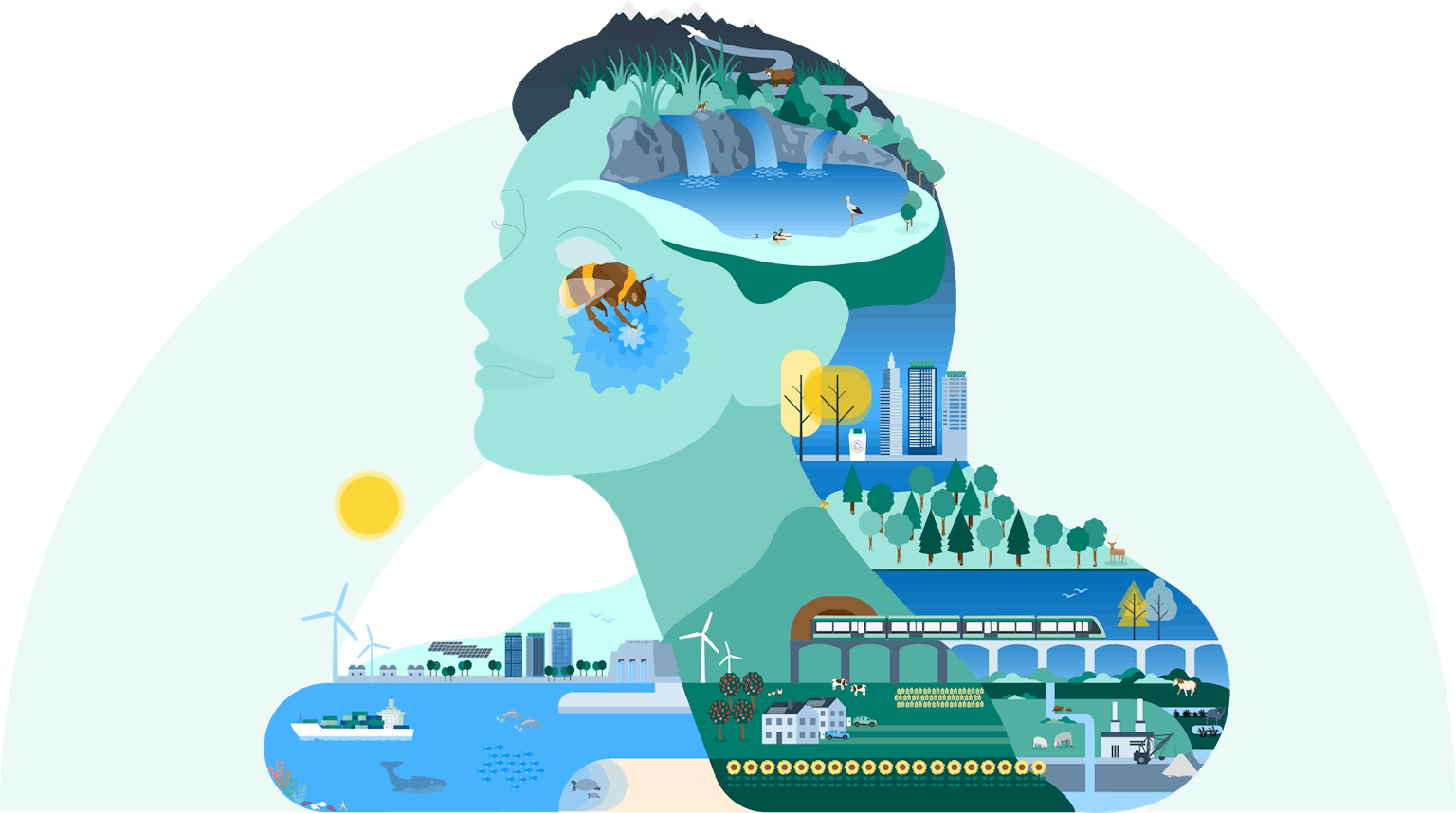State of Europe’s environment is not good: Threats to nature and climate change impacts emerge as top challenges

Europe’s environment is under severe pressure. Nature continues to degrade, and climate change is intensifying at an alarming rate. This is underscored in the European Environment Agency’s latest Europe’s Environment report.
This trend affects quality of life, security, and the economy across the continent. Iceland, however, stands out in various respects — notably in its production of sustainable energy.
The report warns that environmental degradation and climate change weaken Europe’s competitiveness. Protecting nature, reducing pollution, and adapting to climate change can instead bolster societal resilience — for instance, in food security, water provision, and flood defenses.
It is unlikely that Europe will achieve its biodiversity targets by 2030, as ecosystems continue to deteriorate under unsustainable consumption and production patterns. Water scarcity is also a rising challenge, now affecting about one third of Europe’s population and territory.
In the discussion of Iceland, the report notes positives like low air pollutant emissions, good water quality, and a high proportion of renewable energy. But greenhouse gas emissions per capita are still high, and tourism has posed environmental pressures.
While Europe has managed to reduce emissions, the continent is warming faster than any other. Climate change therefore poses existential risks to health, security, ecosystems, infrastructure and the economy. The increasing frequency and magnitude of climate-related disasters further underline the need to adapt societies and economies to new conditions.
The report stresses that Europe must re-examine the relationship between economy, nature and resources. Only by restoring the natural world will it be possible to sustain a competitive economy and high quality of life.
Europe’s Environment 2025 draws on data from 38 countries. It is the most comprehensive analysis to date of Europe’s environmental and climate status, and is published every five years. This is the seventh such report.











